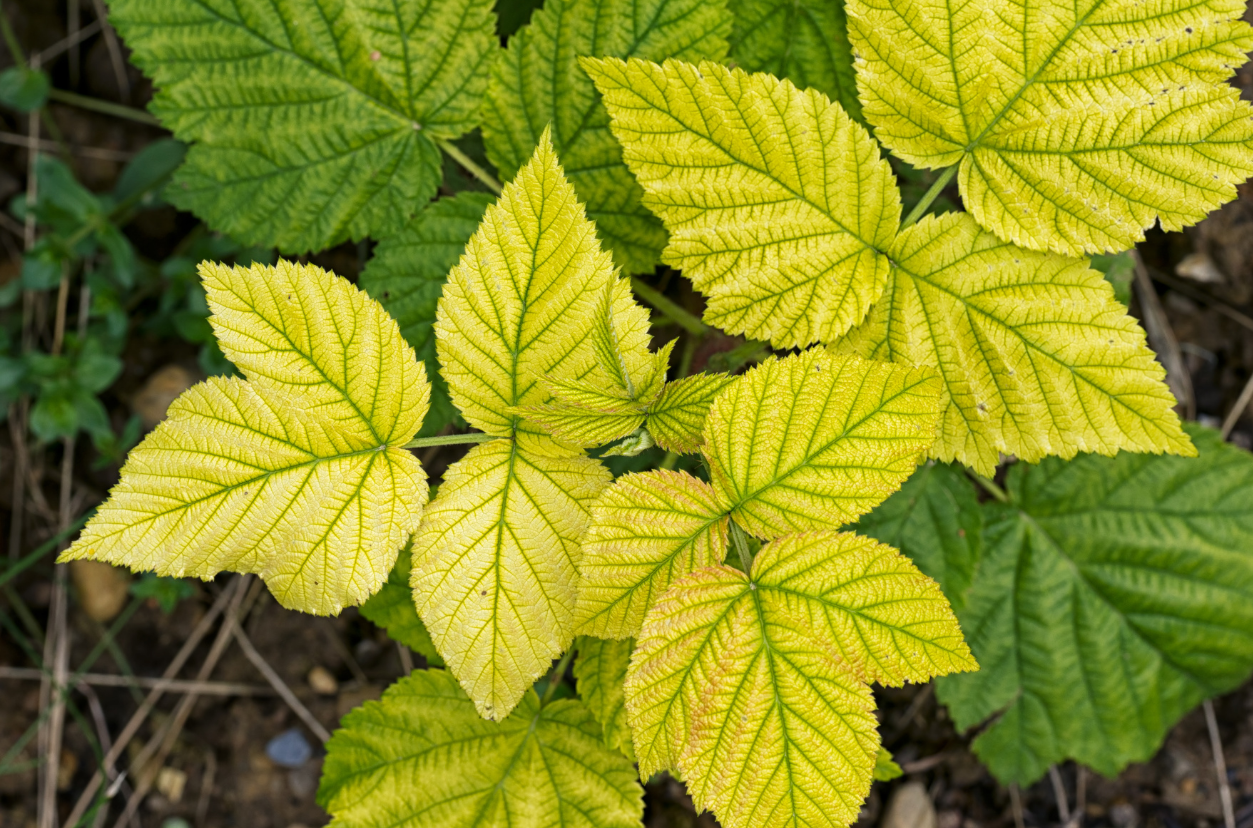8 Reasons Why Your Plant's Leaves Are Turning Yellow
•Posted on February 11 2022

Are your plant's leaves turning yellow? What is happening in your plant's body when its leaves turn yellow? The leaf is not getting enough nutrients to keep it green, resulting in a yellow appearance.
When there aren't enough nutrients for your plant, chlorophyll cannot get produced.
Chlorophyll gives plants their green color, so without it, the leaves will naturally appear yellow because of this lack of pigmentation.
One way to help prevent your plant from losing its chlorophyll is by using fertilizers to deliver the necessary nutrients.
Here's a list of some potential reasons why your plant's leaves may be turning yellow:
1) Nutrient Deficiency

If your plant's leaves are turning yellow, one of the main reasons is probably a nutrient deficiency.
The most common nutrients for this issue are nitrogen, magnesium, iron, and calcium.
There can be other reasons for the lack of nutrient uptake through the roots, but these four will always cause yellowing problems in plants if they're insufficient supply.
This means you may need to adjust the balance between various nutrients in your soil by adding more fertilizer.
The wrong balance of nutrients causes nutrient deficiencies, excessive salts, and harmful chemical elements such as fluoride.
2) Overwatering

If your plant's leaves are turning yellow, that can mean that you're watering your plants too much or too often.
Leaves submerged in water for an extended period will eventually wilt and die as they lack access to the air needed to support their respiration.
It's also possible that overwatering may cause roots rot which is another issue.
In this case, you should stop watering so frequently to allow more oxygen to reach the roots.
Related Post: How Soil Moisture Can Affect Your Plant's Growth
3) Underwatering

Alternatively, your plant's leaves turning yellow might mean that your soil cannot retain as much water as it should, meaning that your plant won't have a good amount of moisture in the soil.
In this case, you should make sure to give your plants more water to absorb nutrients from the ground and live a healthier life.
Related Post: The 5 Fertilizers That Will Also Encourage Soil Health
4) Too Much light

When exposed to stress, plants cannot grow well, resulting in their leaves not receiving enough nutrients from the ground or air for photosynthesis.
Your plant's leaves may be turning yellow if it is being exposed to stressful conditions such as cold weather or unfiltered sunlight.
Magnify these effects with nutrient deficiencies, and you have a recipe for sick plants.
Related Post: How to Heal and Protect Your Plants From Sunscald
5) Soil pH

The soil pH should also be considered because it can alter how well certain nutrients are uptake through the roots.
Also, different nutrient irons dissolve better in water at different pH levels.
If there is too much acidity or alkalinity from the surrounding environment, that can cause nutrient deficiencies.
You'll have to buy a soil testing kit from a gardening store to know the exact level of your plant's soil pH since many factors contribute to it.
Related Post: What You Need to Know About Soil pH
6) Temperature

It's important to consider temperature fluctuations when growing plants, especially tomatoes.
The inside temperature inside a greenhouse tends to be hotter than what would be regarded as the average household temperature.
This means that if a plant is suddenly exposed to a higher temperature, which happens when bringing a greenhouse plant indoors, then chances are they'll exhibit more of these symptoms.
Related Post: How to Grow a Successful Indoor Garden
7) Insects and Pests

Your plant's leaves turning yellow can also be an indication of insect infestation.
For example, aphids are attracted to plants that aren't receiving the nutrients they should because of nutrient deficiencies.
These aphids suck the sap from plants and can severely reduce their yield if not managed in time.
Mites are other insects that may cause this issue, so you'll have to inspect your plants regularly for signs of any problems.
Related Post: 5 Harmful Garden Insects and How to Eliminate Them
8) Fungal Disease

Yet another reason for yellowing leaves might be a fungal disease in your garden beds or a fungus spreading from an infected plant to healthier ones nearby via soil or water when they get watered.
Some fungi reproduce when they move from one place to another so they can continue to spread regardless of how much you try and stop them.
To prevent this, always throw away dead or dying plant matter in a separate container from live plants along with fungicides sprays to help kill it before it spreads.
Related Post: The Difference Between Fungal and Bacterial Infections in Your Plants
Grow With Greenway for Healthier Plants

There are many reasons why leaves might turn yellow.
One of those reasons is that your plant may be suffering from a nutrient deficiency that you can quickly correct with the help of our fertilizers that will cover any deficit without harming your plants in the process.
Our fertilizers help with symptoms of yellowing leaves by balancing out soil nutrients quickly.
To prevent nutrient deficiencies in your plants, make sure you are using the right fertilizer for them.
Shop our fertilizer collection below and be on your way to growing healthier plants in every season.
Related Posts:
- Fertilizer Toxicity vs. Nutrient Deficiency: Spotting the Difference in Your Plants
- What is the Function of Sulfur in Plants?
- What's the Function of Nitrogen in Plants?
Comments
0 Comments
Leave a Comment